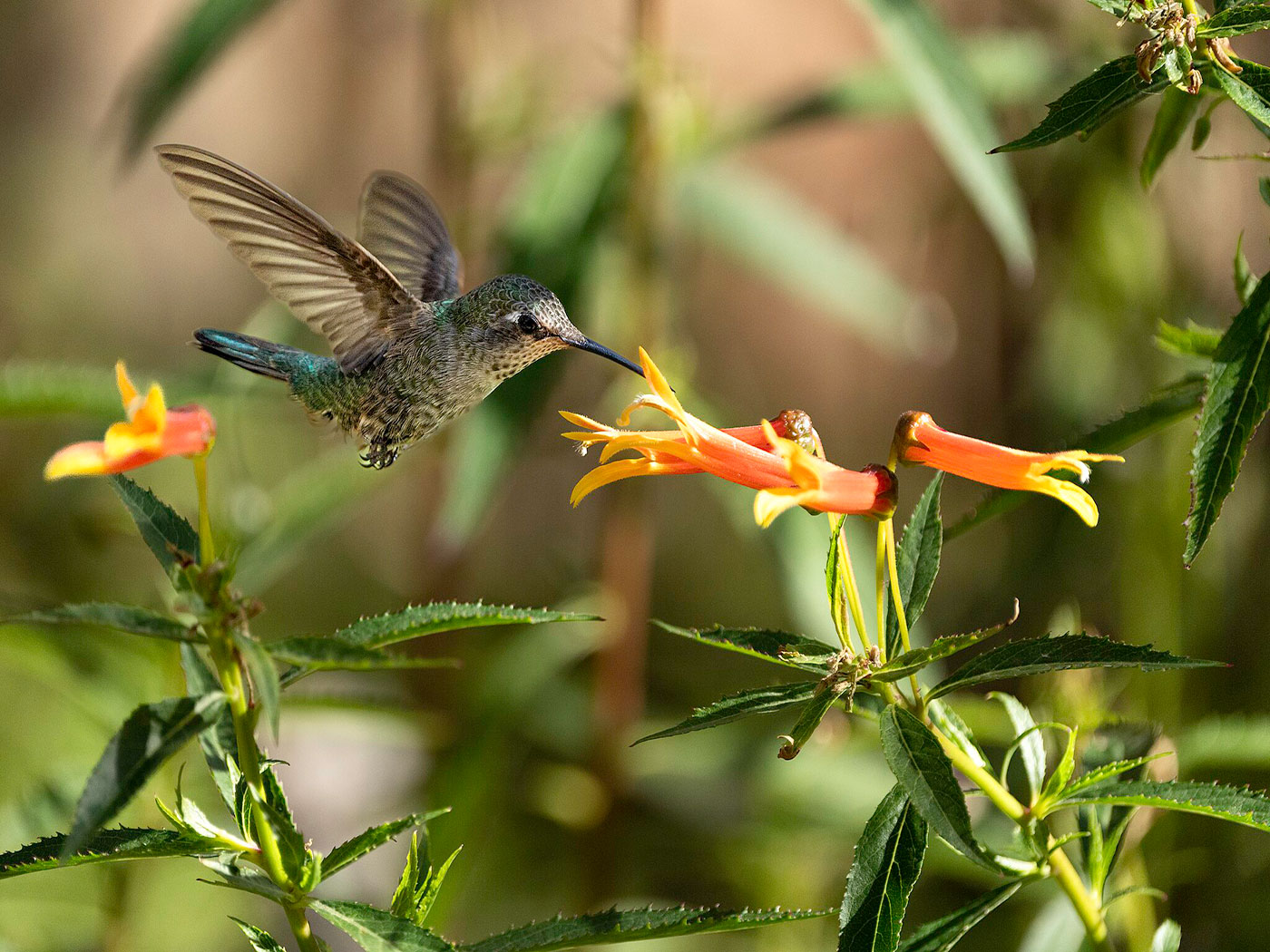Our brain is designed to smoothly and constantly process what we see via the incredibly sensitive photoreceptors (cones and rods) of our eyes.1 But throughout a typical day, our eyes may be subject to rapid changes of shadows and light many times in a fraction of a second. Regardless, we are able to see almost seamlessly. How is this visual stability maintained?
Recently, a group of zoologists writing in Nature Communications discussed a complicated portion of visual processing called “gain control.”2 They reported, “the algorithms and mechanisms of rapid luminance gain control in Drosophila [fruit fly], resulting in stable visual processing.”3 This is not easy. The scientists stated that even with human technology, “computer vision devices struggle with rapidly changing background luminance.”3 In addition, it was determined there must be extra corrective mechanisms for steady visual processing.
How complex is this procedure? In a word, very. At the cellular level within the fruit fly brain, the scientists identified
specific transmedullary neurons as the site of luminance gain control, which pass this property to direction-selective cells. The circuitry further involves wide-field neurons, matching computational predictions that local spatial pooling drive optimal contrast processing in natural scenes when light conditions change rapidly.3
In other words, Christ the Creator has designed amazingly accurate visual behavior that “is stably processed under constantly changing lighting conditions.”4 This is incredibly complex and involves “neuronal cell types that are positioned two synapses [places where neurons connect] behind the photoreceptors”4 found in the compound eye of the fruit fly.
The researchers utilized a theoretical approach. Professor Marion Silies, head of the Neural Circuits Lab at the Johannes Gutenberg University, predicted
“an optimal radius in images of natural environments to capture the background luminance across a particular region in visual space while, in parallel, we were searching for a cell type that had the functional properties to achieve this.”4
This is accomplished by the discovery of “a cell type that meets all required criteria. These cells, designated Dm12, pool luminance signals over a specific radius, which in turn corrects the contrast response between the object and its background in rapidly changing light conditions.”4
Chance, deep time, and random genetic mistakes would never produce Dm12 cells plus all that is required to stabilize vision in such a detailed, choreographed manner.
“We have discovered the algorithms, circuits, and molecular mechanisms that stabilize vision even when rapid luminance changes occur,” summarized Silies, who has been investigating the visual system of the fruit fly over the past 15 years. She predicts that luminance gain control in mammals, including humans, is implemented in a similar manner, particularly as the necessary neuronal substrate is available.4
The tiny fruit fly continues to reveal incredible design evidence with its visual systems. Correctly interpreted, these data can be extrapolated to vertebrates and people.
References
- Thomas, B. Human Vision Can Sense a Single Photon. Creation Science Update. Posted on ICR.org August 8, 2016.
- “Gain control is a process that adjusts a system’s sensitivity when input levels change.” Barth-Maron, A., I. D’Alessandro, and R. I. Wilson. 2023. Interactions between Specialized Gain Control Mechanisms in Olfactory Processing. Current Biology. 33 (23): 5109–5120.
- Gur, B. et al. 2024. Neural Pathways and Computations That Achieve Stable Contrast Processing Tuned to Natural Scenes. Nature Communications. 15, article 8580.
- University of Mainz. How Fruit Flies Achieve Accurate Visual Behavior Despite Changing Light Conditions. Phys.org. Posted on phys.org October 31, 2024.
Stage image: Common Fruit Fly (Drosophila melanogaster)
Stage image credit: Copyright © CC BY 4.0, Alexis. Used in accordance with federal copyright (fair use doctrine) law. Usage by ICR does not imply endorsement of copyright holder.
* Dr. Sherwin is a science news writer at the Institute for Creation Research. He earned an M.A. in invertebrate zoology from the University of Northern Colorado and received an honorary doctorate of science from Pensacola Christian College.













